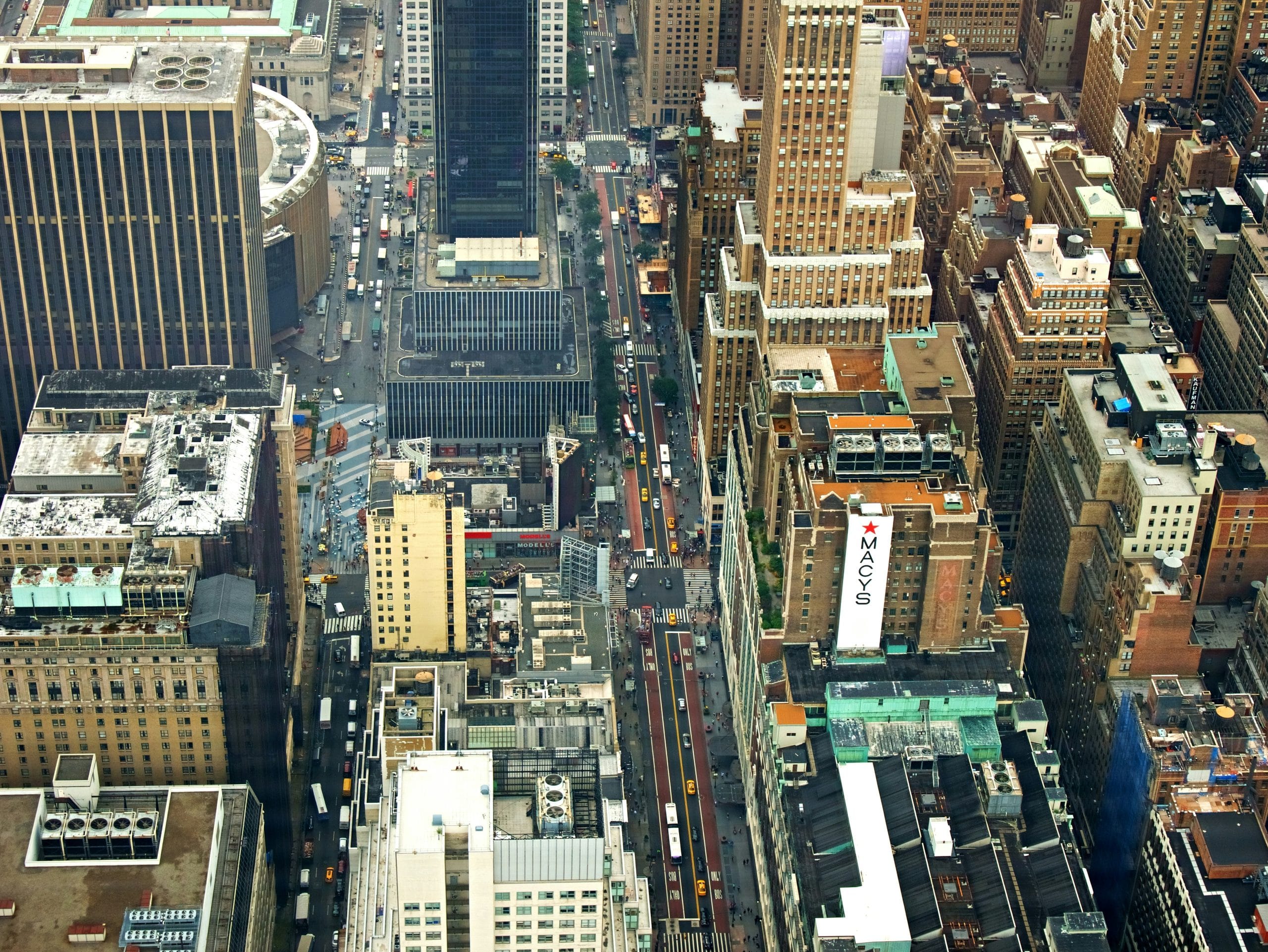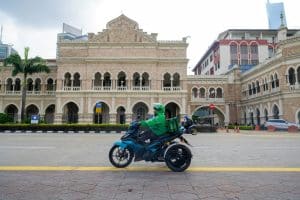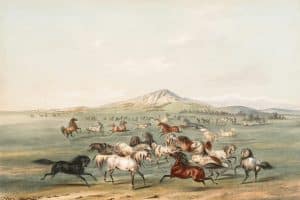How Transportation Innovations Are Creating Smarter Urban Ecosystems
Transportation has always played a crucial role in shaping urban life. From horse-drawn carriages to modern-day ride-sharing services, the way people get around in cities has constantly evolved. But with the rapidly growing population in urban areas and the increasing global focus on sustainable living, traditional modes of transportation are no longer sufficient. This has led to a surge in transportation innovations that are revolutionizing how we move around in cities, and in turn, creating smarter urban ecosystems.
Efficient and Eco-friendly Modes of Transportation
One of the key ways transportation innovations are making cities smarter is by introducing more efficient and eco-friendly modes of transportation. For decades, cars have dominated city streets, leading to traffic congestion and air pollution. However, with advancements in technology, we now have electric vehicles that run on clean energy and produce zero emissions.
Cities around the world are also implementing bike-sharing programs to promote sustainable modes of transportation. These initiatives allow citizens to rent bikes at designated stations and drop them off at other stations when they reach their destination. This not only reduces carbon emissions but also eases traffic congestion and promotes a healthier lifestyle.
Smart Traffic Management Systems
Transportation innovations are also making cities smarter by improving traffic flow. With the use of sensors and real-time data, cities are now able to manage traffic more efficiently. Smart traffic management systems can analyze traffic patterns, adjust traffic signal timings, and redirect vehicles to less congested routes. This not only reduces commute time for individuals but also decreases the overall carbon footprint of a city.
In addition, smart traffic management systems are also used for incident management. In the event of an accident or road closure, these systems can quickly notify emergency services and implement necessary detours, helping to minimize the impact on traffic flow.
The Rise of Mobility as a Service (MaaS)
Another significant transportation innovation that is transforming urban ecosystems is the rise of Mobility as a Service (MaaS). MaaS is a concept where all forms of transportation are integrated into a single platform, allowing users to plan, book, and pay for their entire journey seamlessly. This includes public transportation, ride-sharing services, bike-sharing programs, and more.
MaaS not only simplifies the travel experience for individuals but also promotes a more sustainable and efficient use of transportation resources. By providing real-time data and options for different modes of transportation, MaaS encourages people to choose the most efficient and eco-friendly options for their journey.
Enhanced Connectivity with Smart Infrastructure
Transportation innovations are also improving connectivity within cities by introducing smart infrastructure. This includes technologies such as Intelligent Transportation Systems (ITS) and Internet of Things (IoT) sensors that can communicate with each other and collect data to optimize transportation systems.
One example of smart infrastructure is the use of GPS and real-time data to enable dynamic ridesharing, where multiple passengers heading in the same direction can share a ride and split the cost. This not only reduces traffic congestion but also offers a more affordable transportation option for individuals.
The Way Forward for Smarter Urban Ecosystems
The concept of smarter urban ecosystems is still in its early stages, and there is much more to be done to fully realize the potential of transportation innovations. With the increasing focus on sustainable living and the rapid advancements in technology, we can expect to see even more exciting developments in the near future.
However, for these innovations to have a significant impact, it is crucial for governments and city planners to work hand in hand with businesses and technology providers. Collaboration is key to creating a cohesive and integrated transportation system that benefits both the environment and the citizens.
In conclusion, transportation innovations are playing a vital role in creating smarter urban ecosystems. From eco-friendly modes of transportation to smart traffic management systems and the rise of MaaS, these innovations are making cities more sustainable, efficient, and connected. With continued efforts and collaborations, we can look forward to smarter and greener cities in the years to come.










